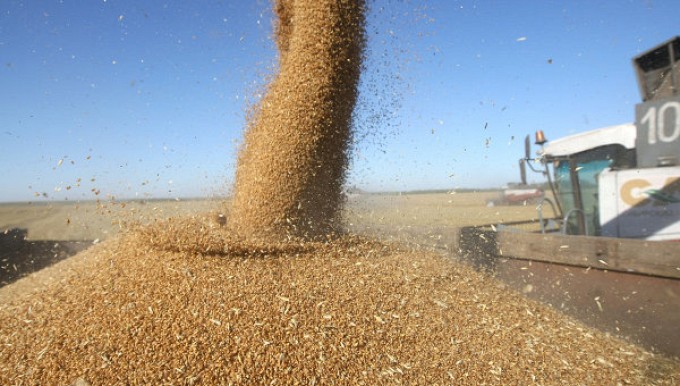
Next season, feed meal exports to China from Kazakhstan may increase to 2.5 million tons. This will support prices for low-grade grain.
This forecast was shared by Evgeniy Karabanov, head of the analytics department of the Grain Union of Kazakhstan. According to the ZSK, over 10 months of the current marketing year (from September 1, 2024 to July 1, 2025), Kazakhstani exporters sent 1 million 720.7 thousand tons of feed meal to foreign markets. This is 3.1 times more than in the same period last season.
“In this regard, we are increasing our previous forecast for feed meal exports in the current MY from 1.85 to 2.05 million tons,” noted Evgeniy Karabanov.
At the same time, 98% of the volumes went to China, which needs feed meal to develop its livestock farming.
Increased demand for this product allowed Kazakhstan to get rid of that part of the wheat harvest, which, according to various parameters (low gluten or low falling number), was not suitable for the production of food flour. Accordingly. And the prices for feed grain increased during the season by one and a half times - from 60 thousand tenge / ton in the fall of 2024 to 90 thousand tenge by the summer of 2025. That is, almost to the level of food wheat.
Moreover, at the moment, there are no significant reserves of class 4 and 5 wheat, or non-class, left in the country, so grain processors have to buy more expensive class 3 wheat, producing feed flour from it. On the ETS exchange, class 3 wheat with 23% gluten is now offered at 94 thousand tenge / ton.
"This is not a cheap pleasure, but given the prospects of maintaining long-term contracts with China in the new season, producers are now ready to work at zero," noted Evgeny Karabanov.
Another raw material option is grade 5 wheat from Russia. But given the current ruble to tenge exchange rate, as well as transportation and tax costs, this is also expensive. Grain processors pin their hopes on expanding the raw material base on the new harvest, when wheat traditionally becomes cheaper during the mass harvest.
Moreover, given the prospects for growth in feed flour exports from Kazakhstan to China next season by a quarter (up to 2.5 million tons), the country's grain processors may need to import up to 1.5 million tons of low-grade wheat from Russia.